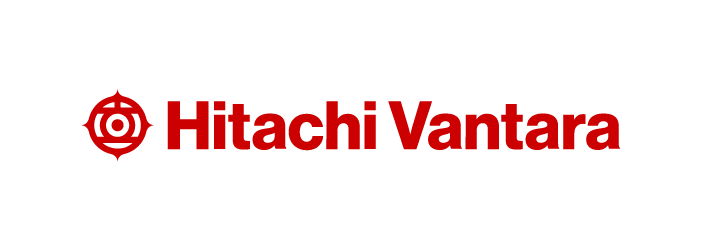A “data fabric” is a comprehensive, integrated framework that organizations can use to manage data across their IT infrastructures. The fabric might span private data centers, public clouds, edge locations, and campus and core networks. Data can reside in databases, data lakes and warehouses, storage devices, and other repositories in a variety of formats.
The fabric creates a holistic, meaningful view of data, which has traditionally been trapped in silos that restrict access to certain departments or personnel. By contrast, the fabric continuously identifies and correlates data across applications and locations. In this way, businesses discover unique relationships between data points for new insights that help them improve productivity and decision-making.
Companies with data fabrics, then, become more data-driven, a primary goal of most digital transformation initiatives. Fabrics simplify running AI-powered analytics, which enables companies to automate tasks and predict situations. These benefits are helping drive the data fabric market toward an estimated CAGR of nearly 24% through 2026, when Allied Market Research predicts it will reach nearly $4.6 billion globally.
How a Data Fabric Works
Rather than “buying” a data fabric, you generally create one using modern data management tools. Virtualization technology abstracts away the underlying complexities of data movement, transformation, and integration so that data becomes accessible across the enterprise. At the heart of the fabric is metadata, which is data about the data.
Metadata must be shared among all the software tools in a typical data stack throughout the fabric. These include data ingestion; extract, transform and load (ETL); analytics; and end-to-end data-quality testing tools. Each component has additive knowledge about core data, and sharing it compiles a comprehensive picture that allows data to be cataloged and broadly accessed.
Fabrics in Action
Companies are using data fabrics to correlate data in ways that let them gauge customer sentiment, improve security, automate workflows, and improve business decisions and processes.
For example, growing regulatory complexity can force certain industries to manage hundreds of data sources in a mix of data formats for compliance. As manual approaches grow impractical and risky, a unified data fabric with machine learning can automate data discovery and classification, reducing the risk of manual errors without significantly increasing cost.
Manufacturers can rely on data fabrics to aggregate data points for predictions of when a piece of equipment will likely fail or require maintenance. This insight empowers companies to schedule service or parts replacements during off-hours to minimize downtime. Banks can correlate customer and behavioral data from all their locations to help them detect and prevent unauthorized account access.
These are just a few examples of how companies can turn data fabrics to their advantage. Data is today’s business currency, but it’s only as powerful as an organization’s ability to access and interpret it.
Image Source: Hitachi Vantara / Getty Images

